Coffee is the drink par excellence of Italians, without which it would be difficult to start the day on the right foot. Coffee in the morning is a ritual that is consumed in different ways: alone at home while waiting to go to work, at the café in the company of friends and colleagues. Coffee is a daily commitment to be honoured with utmost respect!
Having coffee at the bar is more than a pleasant habit, it is a ritual, a tradition that envelops the country from north to south, and few can do without it. There are so many ways to enjoy a good coffee in Italy.
Translated with DeepL.com (free version)Every year on 1st October, the world comes together to celebrate coffee and recognise the millions of people across the globe - from farmers, to roasters, baristas, coffee shop owners and more - who work hard to create and serve the beverage we all love. By taking advantage of the ticket that Visit Italy offers its readers, you can benefit from the Genoa City Pass to travel comfortably by public transport in search of the marvelous historic café of this enchanting city.
Discover historic cafés with the Genova City Pass
Coffee in Italy: an unfading daily ritual
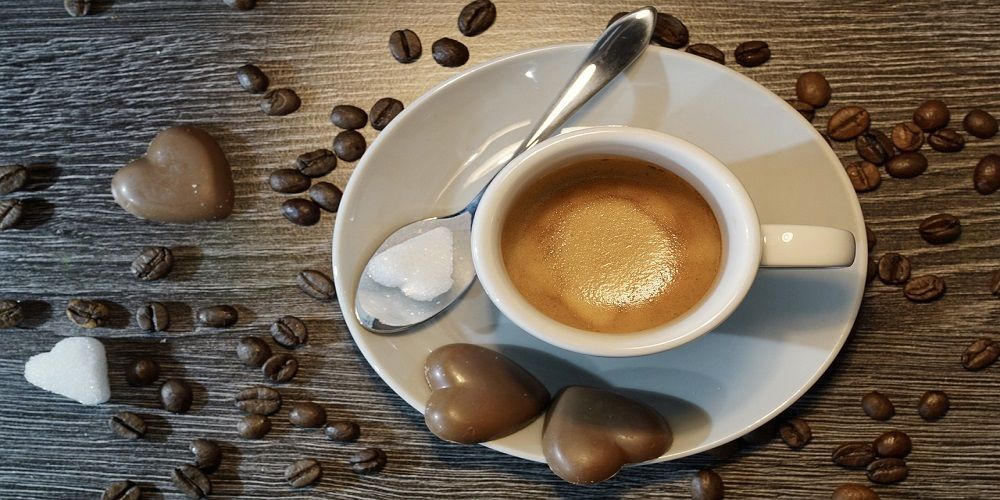
Erri de Luca's beautiful phrase is well known: ‘to fill a room, a coffee pot on the stove is enough’. In this sentence there is the whole meaning of coffee, which is not reduced to a simple drink with energy properties thanks to caffeine, but is transformed into something more, into a moment of aggregation, union, familiarity. The simple sound of the coffee pot mumbling and the aroma of coffee are enough to fill a room.
The spread of the Ottoman Empire also allowed coffee to spread rapidly to many countries around the world. In Italy, coffee first arrived in 1570, when Prospero Alpino from Padua brought some packages to Venice from the East . Initially, it was sold in pharmacies but it wasn't considered as a drink until the 18th century.
The first "shop selling coffee" was opened in Venice in 1683 and a few years later, in 1763, shops became 218. Coffee was changing from being a mysterious object to a drink appreciated by the people, love was about to blossom. Between 1800 and 1900, coffee shops became places of cultural exchange, salons where one could talk about literature and politics.Only with the creation of the 'Italian bar' coffee became a daily appointment from North to South of the country, symbol of pleasure and conviviality.
In 1884, the first patent for the coffee machine was registered. The inventor of the machine was Angelo Moriondo, who presented his work during the Universal Exhibition in Turin. Coffee machine became a commercial product and began to be mass-produced only in the early 1900s. In 1933, Alfonso Bialetti invented the moka coffee maker, the traditional machine popular in every Italian kitchen. Over the years, more than 105 million different models have been registered.
One coffee... and then what? Discover your perfect blend
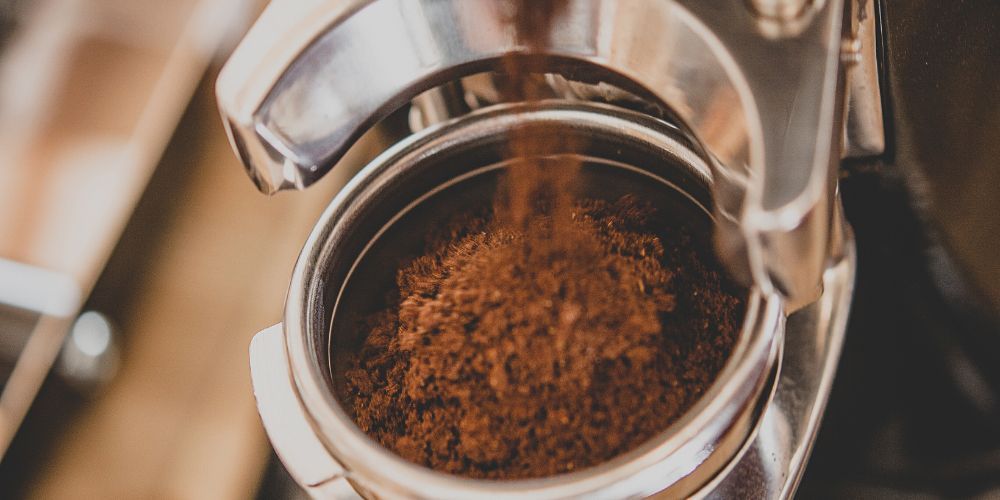
Drinking coffee in Italy is a pleasant and relaxing moment, particularly appreciated for taking a break from daily commitments. It also offers the opportunity to enjoy an enveloping experience enhanced by the delicious fragrances of the selected varieties.
The main coffee types cultivated worldwide are Arabica, Liberica, Robusta, and Excelsa, each of which is distinguished by its peculiar characteristics essentially related to the areas of origin of the beans and the methods used for roasting, thus acquiring a wide range of aromatic notes, from velvety tones to more intense flavors.
Arabica coffee conquers the palate with its delicate, sweet, fragrant, and slightly acidic flavors and is very appreciated by refined connoisseurs of the classic taste. If you choose the Robusta variety, its intense flavour and delicious mix of spices, chocolate, and dried fruits will mesmerize you. People who prefer a marvelous coffee prepared traditionally can also opt for the Excelsa variety, with its delicate and pleasantly scented aromas, or pamper themselves by trying the less well-known Liberica variety, often described as fruity and floral, with notes reminiscent of hazelnut and dark chocolate. Some also describe it as earthy and woody, with hints of wildness, and it also contains less caffeine than the robusta variant.
In a typical Italian café, you can enjoy a good espresso coffee while standing at the counter or sitting at the table and combining it with some tasty treats. Should you decide to order a latte macchiato or cappuccino, it is best to do so before 11 a.m. and not near meals.
A delicious coffee garnished with milk cream and flavored with pistachio is particularly appreciated in Palermo. With a Visit Italy ticket, you can undertake an engaging tour to discover the enchanting treasures of Palazzo Asmundo.
Visit Palazzo Asmundo and enjoy a magical view of Palermo CathedralDrinking coffee in Italy: let's see how they make it
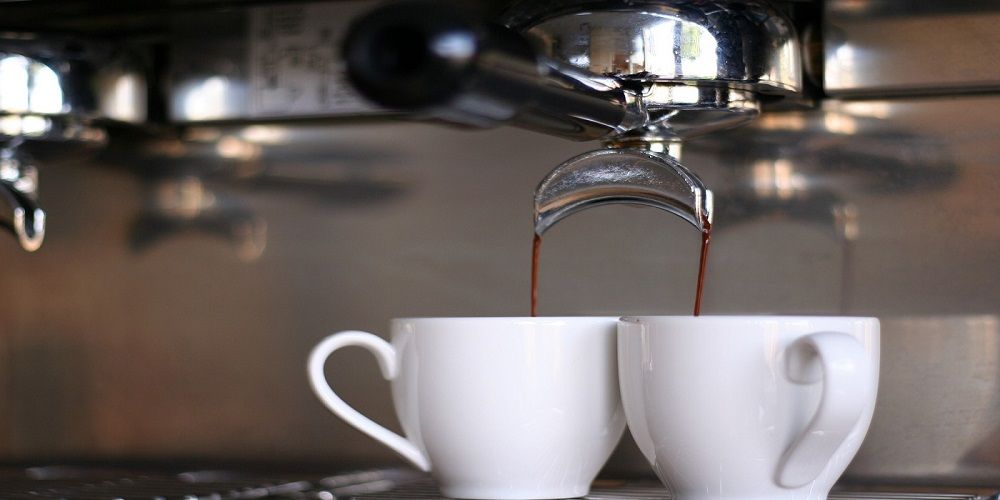
Specifically, how do I order a coffee like a real Italian? What kind of coffee can I order at the bar? A coffee, normal, sounds almost like a password, there's nothing more to add. Espresso coffee provides a valuable injection of energy, perfect to get the right charge for the day. It is generally served in a very hot cup, dark and without milk, sometimes combined with a glass of water (complimentary, of course) to intensify the aroma and persistence.
If you can't do without some milk, but don't feel like drinking a cappuccino, you could try a Café Macchiato, i.e. an espresso served in a small cup and embellished with a delicious milk-based foam. Caffè Macchiato is somewhere between a cappuccino and an espresso and is ideal for those who do not like their coffee too strong. It is usually drunk mainly in the morning.
Simplicity is the key:
- ‘One coffee, please’ is the most common and direct phrase.
- ‘I would like a coffee’ is another popular option.
Specify the type of coffee:
- Coffee: This is the standard espresso, strong and ristretto.
- Caffe lungo: An espresso with more water, more like an americano.
- Cappuccino: Espresso with steamed milk and a sprinkling of cocoa.
- Macchiato: Espresso with a small splash of milk.
- Latte macchiato: More milk than coffee, with a slight foam.
Don't forget sugar and tempering:
- Sugar: You can add ‘with sugar’, ‘without sugar’ or ‘half’.
- Temperature: If you prefer it cold, ask for ‘iced coffee’.
Coffee for all tastes: a complete guide to what to order
A cold macchiato coffee with a drop of cold milk.
A foamed coffee: A cup of regular coffee with the addition of steamed milk.
A Moroccan coffee: Foamed with cocoa powder. It is served in a glass cup so you can admire all the delicious layers. You proceed by sprinkling the inside with cocoa, to which you add an energising espresso and then finish with a delicious milk foam and another sprinkling of cocoa to make it even more delicious.
A decaffeinated (or deca) coffee: Caffeine-free version. This coffee is very suitable for those who can only tolerate and consume very low amounts of caffeine due to insomnia or anxiety problems, without having to give up this drink.
Corrected coffee: Corrected with sambuca or grappa or other distillate, excellent for warming up. It is an established Italian tradition to add a few drops of a refreshing distillate, such as grappa, brandy or sambuca, to coffee. It is perfect for warming up and easing digestion after a meal.
Barley coffee in a small cup: A typical non-alcoholic hot drink, ideal for stimulating digestion, which is obtained by an infusion of dried, roasted and ground barley. It can be prepared with a specific barley mocha, a traditional coffee pot or an espresso machine. It is a valid alternative for those who cannot take caffeine, as its composition does not include any stimulating substances.
Ginseng coffee: A ginseng-flavoured infusion, very fashionable in recent years. It is a panacea obtained by adding an invigorating ginseng extract, with extraordinary tonic properties, to the classic espresso.
A double coffee: Two in one. If you are particularly fatigued at a certain time or are simply a caffeine lover, we suggest you try a delicious double coffee, which is equivalent to a double espresso.
A long coffee: A regular coffee that is slightly ‘watered down’ because it is let down more than usual. It involves more water in the preparation and a longer brewing time of a few seconds, which gives it a less intense flavour and a more delicate aroma. It differs from the Americano coffee, a popular after-dinner emulsion made with a soluble preparation, which is less bitter than the classic blend used for espresso or mocha. The resulting drink is then poured into a kettle or thermos, which keeps it hot for a few hours.
A cold coffee: Very popular in summer. It is a black, iced coffee with an intense aroma, prepared by mixing it with sugar and chilling it in the refrigerator inside a bottle and then serving it in a glass.
Coffee with cream: An espresso covered with whipped cream and plenty of foam, ideal for an appetising breakfast.
L'affogato al caffè: An Italian dessert made with ice cream, typically vanilla, drowned in a cup of hot espresso coffee.
Lecce coffee: Typical of the city of Lecce in Apulia, it is a speciality that attracts tourists from all over. It is a coffee with the addition of an ice cube and almond milk.
A cappuccino: This is a breakfast drink, prepared with the addition of steamed foamy milk. It is usually served in a larger cup, garnished with delicious chocolate shavings and a generous sprinkling of cocoa.
Coffee in Italy, if requested at the bar, is always espresso. If you want American coffee in a large cup, you should always specify this. The key to navigating your way around an Italian coffee bar is to be guided by intuition and not be afraid to ask the bartender for advice!
Useful tips for trying coffee in Italy:
- At the counter or at the table: In many bars, coffee is consumed at the counter, but you can also ask to take it to the table.
- Sweet pairings: Coffee goes perfectly with croissants, biscuits or other sweets.
- The right time: Avoid ordering a cappuccino after lunch or dinner, it is considered taboo!
- The importance of the barista: The barista is a real coffee expert and can advise you on the most suitable blend for your taste.
Coffee: Italy in a cup
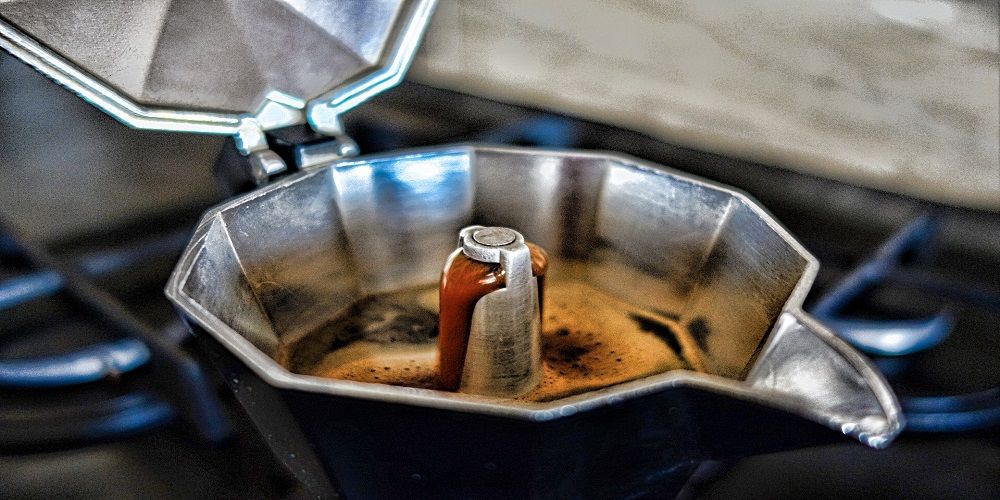
Taking a bird's-eye tour of the enchanting locations sprinkled in Italy, we may find some substantial differences regarding preparation, tastes related to drinking coffee in Italy, and consumption patterns between the regions of Northern and Southern Italy due to different habits and anthropological and cultural reasons.
Starting our overview from the Northern Italian areas, we can see a preference for the Arabica variety and for fruity, delicate blends processed with a medium roast: the locals predominantly choose an invigorating sweetened espresso, a macchiato with hot milk or a delicious Moroccan, garnished with milk and a sprinkling of cocoa. In the summertime, it is customary to order a shaken espresso flavored with a liqueur spiced with vanilla.
Moving to the sunny and lush areas of Southern Italy, you will discover a coffee with intense, round, and decisive traits, prepared with blends enriched with the fine Robusta variety. The so-called concentrated espresso is very popular, accompanied by the traditional glass of water to intensify the fragrance. Among the peculiarities inherent to the coffee ritual in Italy, we mention the cuccumella, an original Neapolitan coffee pot ideal for enjoying an intense and energizing coffee.
The peculiarity of this practice is the slowed down pace of preparation. Its operation is different from that of the classic Moka, once the water reaches boiling temperature steam will start to come out of the valve, this is the signal that it is time to turn off the heat and turn the coffee pot upside down, gravity will do the rest of the work!
Should you decide to organise a wonderful holiday in Naples, with Naples Pass you will be entitled to many concessions, unlimited access to transport, discounts on museums and attractions.
Discovering Naples with the Naples PassAbout the author
Written on 27/02/2021

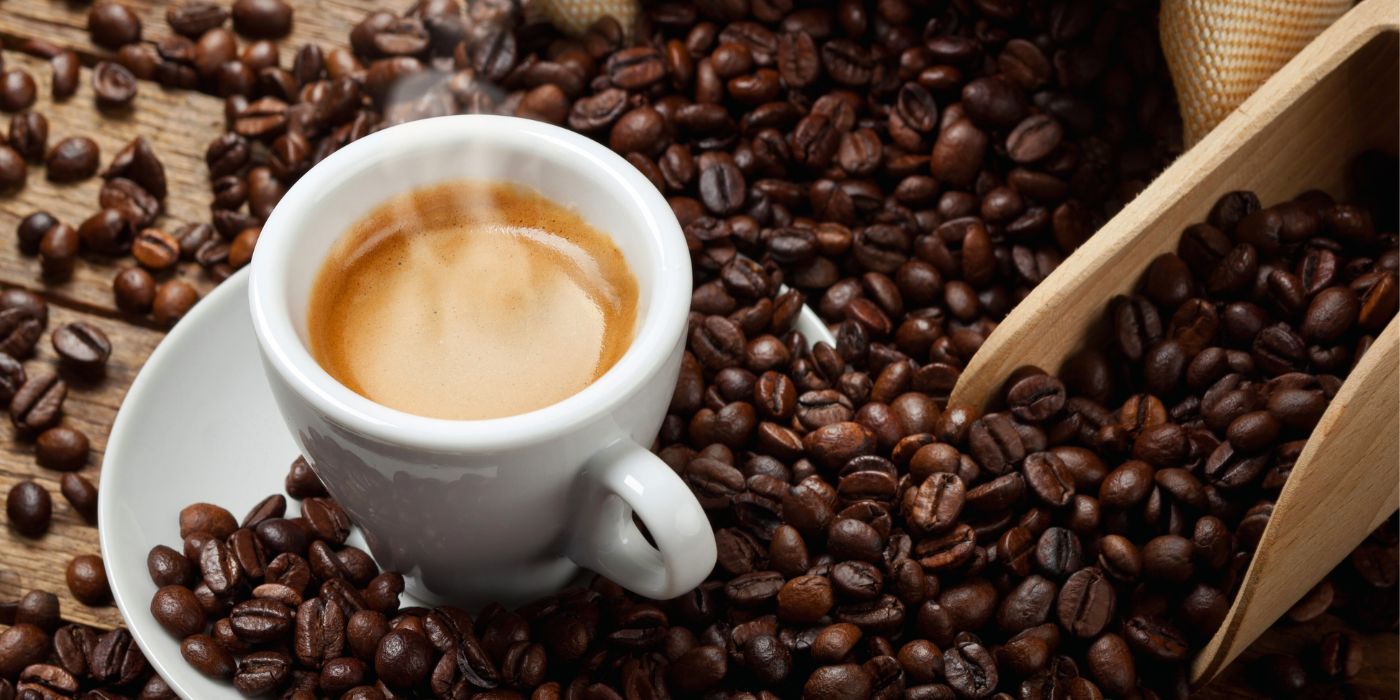

Mirko Migliore
The love affair between coffee and the Italians has been going on for more than six centuries. Discover the rich culture of drinking coffee in Italy.